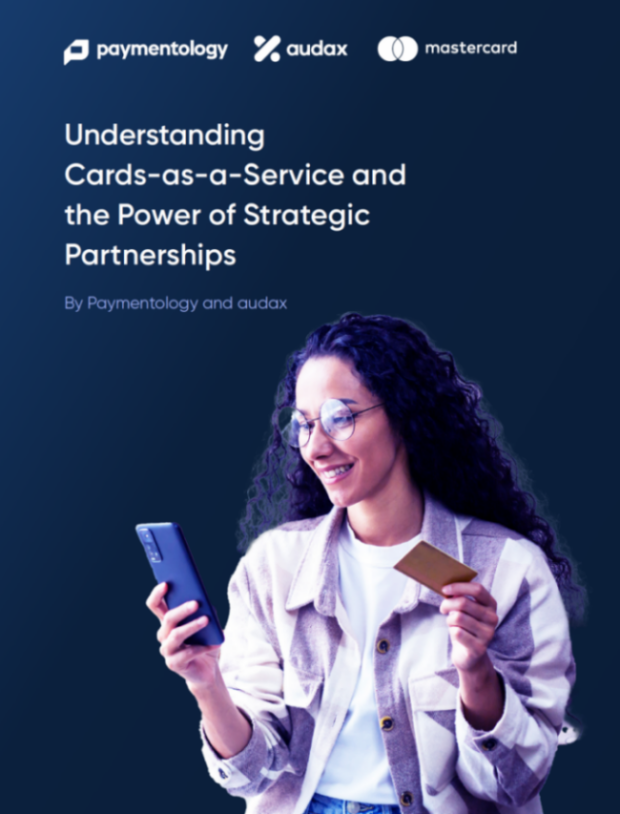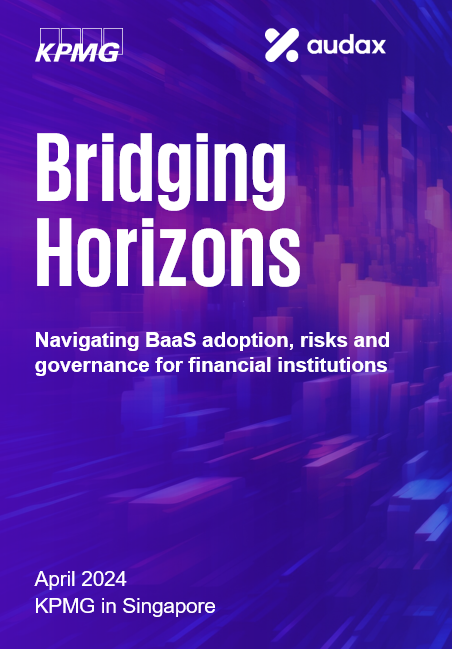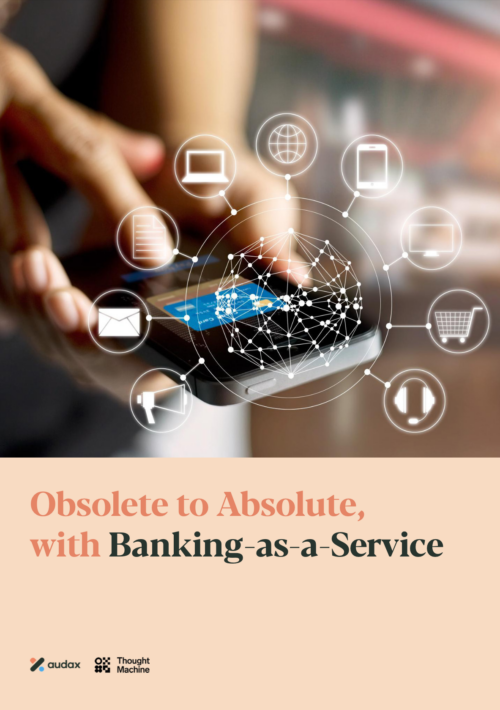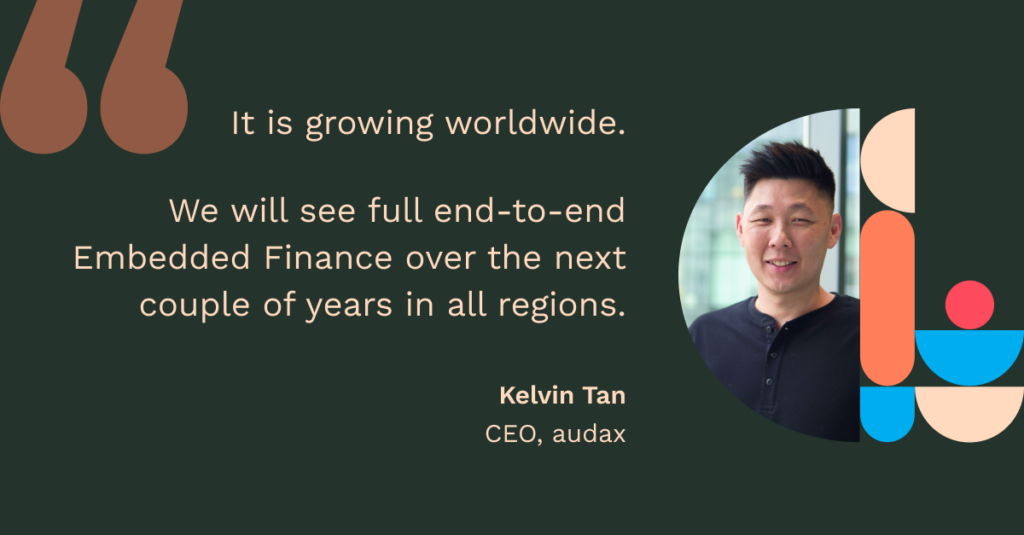A New Blueprint for Southeast Asian Banking

With their established networks and trust, banks are uniquely positioned to bridge this digital divide – but only if they can modernise their technology infrastructure efficiently. The evidence suggests banks achieve optimal results when they focus on their core strengths – financial services and customer relationships – while partnering with specialists for technology infrastructure. This model not only accelerates innovation but also ensures that digital banking services can be deployed cost-effectively across both metropolitan and underserved areas.
The Hidden Cost of Fragmentation
Across Southeast Asia, traditional banks typically operate with a patchwork of systems cobbled together over decades. This fragmentation creates particular challenges in a region where cross-border transactions are commonplace and regulatory requirements vary significantly by country. While metro customers might tolerate system inefficiencies by switching between banking channels, customers in underserved areas often abandon digital banking altogether when faced with complex, unreliable systems. The real cost isn’t just financial – it’s the missed opportunity to serve all market segments effectively.
Beyond APIs: A Unified Approach
The complexity of Southeast Asia’s banking ecosystem demands more than simple API integration. Success in this region requires comprehensive solutions that seamlessly address local regulatory compliance and integration with regional payment systems. Leading platforms combine APIs, SDKs, and integrated channels into one cohesive system, enabling significant reductions in time-to-market and maintenance overhead.
The unified approach enables banks to rapidly deploy scalable services that work efficiently across all markets. Banks can now launch new business models in as little as six months when partnering fintechs offering such end-to-end digital banking platforms, making it economically viable to serve previously underserved markets without compromising on features or security.
Modernisation Without Disruption
Banks face the challenge of transitioning from legacy systems without disrupting operations. Successful strategies may employ parallel implementation, allowing banks to maintain their core systems while gradually modernising their infrastructure. This proves particularly valuable where traditional banking services remain essential while digital adoption grows.
This modernisation imperative extends beyond systems to user experiences. Banks must cater to vastly different user needs and digital literacy levels – from sophisticated mobile-first users to those new to digital banking. Success depends on interfaces that adapt to local constraints like internet connectivity while remaining accessible regardless of technical literacy or location.
Security, Compliance, and Data by Design
Southeast Asia’s regulatory landscape is uniquely complex, with each country maintaining distinct requirements for data localisation, privacy, and security. For example, Singapore’s Personal Data Protection Act (PDPA) allows for implied consent in some cases, while Indonesia’s PDP requires explicit, informed, purpose-specific, and recorded consent. Banks would require assistance to adapt their consent mechanisms to comply with each country’s regulations, potentially offering different consent options based on the user’s location.
Modern banking infrastructure requires embedded compliance controls and continuous monitoring that can adapt to changing compliance mandates across jurisdictions. Effective solutions should incorporate robust analytics capabilities to help banks understand and serve diverse market segments – from transaction patterns to channel preferences.
The Future of Banking Technology in Southeast Asia
Recent innovations in the region demonstrate how unified platforms can help banks serve diverse markets efficiently. Several global banks, including Standard Chartered, have successfully implemented Banking-as-a-Service solutions, proving that traditional institutions can innovate rapidly while maintaining consistent service quality across different market segments.
As Southeast Asia’s digital banking sector expands, banks face a clear strategic choice: focus on customer relationships and market growth while leveraging unified technology platforms. This strategic shift could help unlock the region’s US$38 billion digital banking opportunity while ensuring services reach all segments of society. The path forward for Southeast Asian banks lies in embracing comprehensive innovations that will unlock new opportunities across Southeast Asia’s burgeoning digital economy while bringing essential banking services to previously underserved communities.








